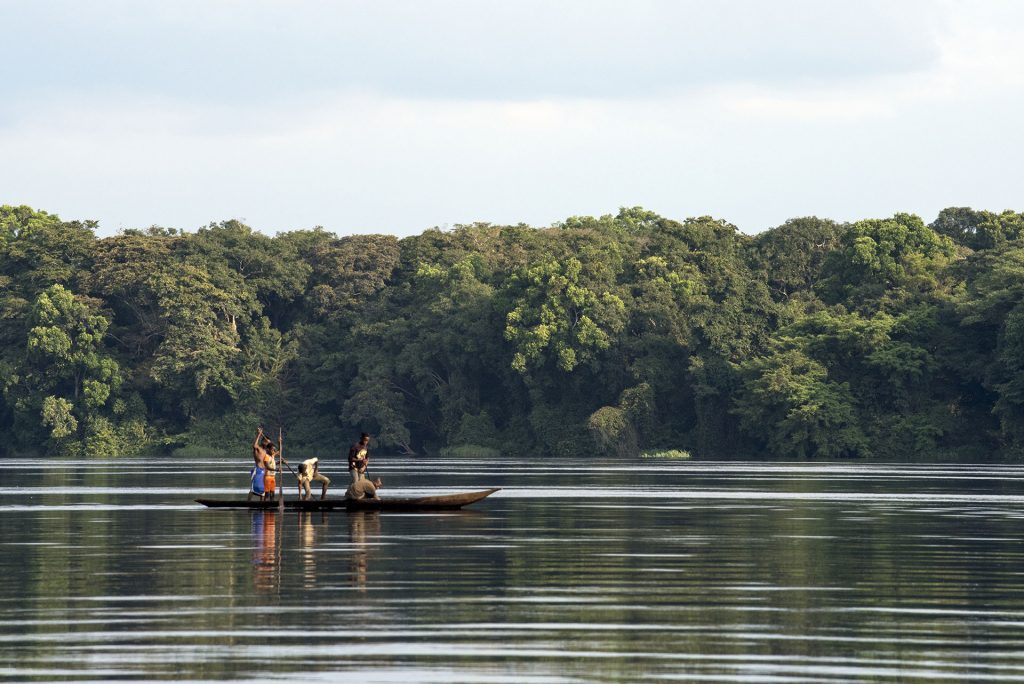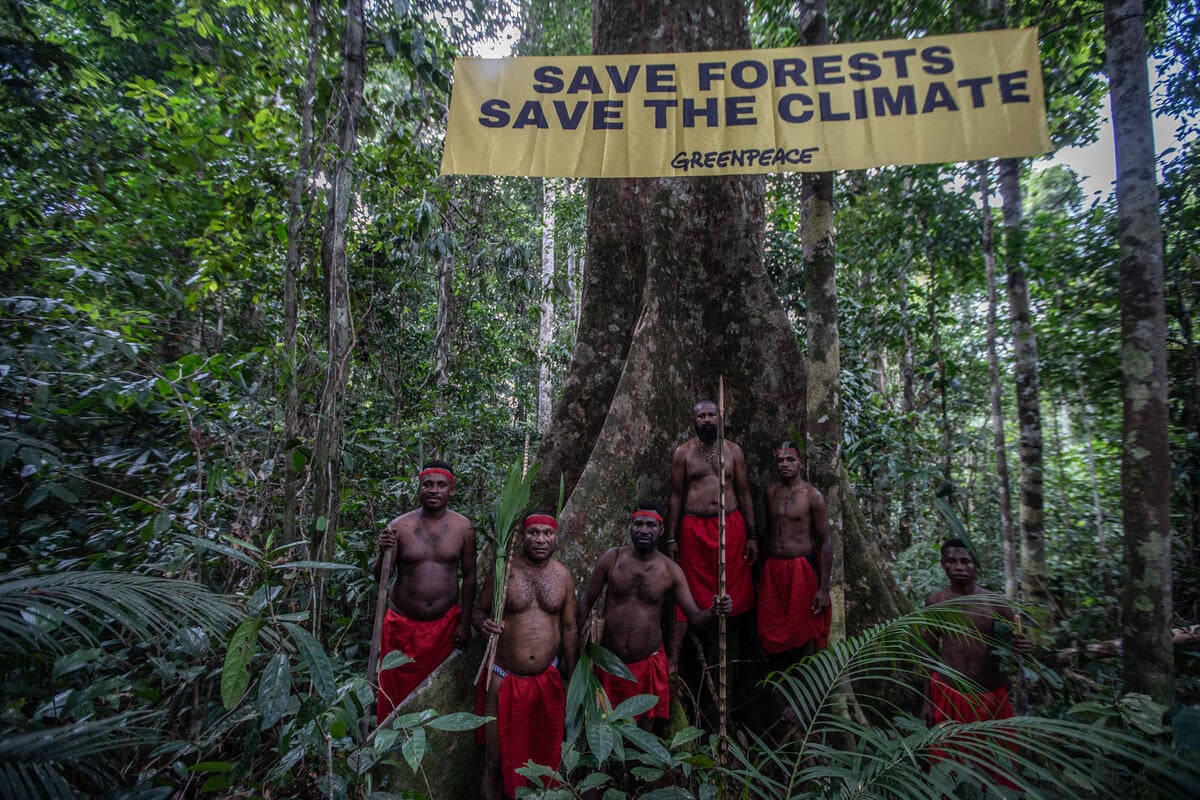The Amazon, the Congo Basin and the Southeast Asian rainforests together hold 80% of the world's tropical forests and two-thirds of terrestrial biodiversity. The Forests cover 57% of total land area in the three rainforest areas compared with the world average of 31%. They provide livelihoods to more than one billion people, including Indigenous Peoples and Local Communities, and are crucial to face the current interconnected climate, biodiversity and social injustice crises. But real protection of these vital ecosystems remains a challenge, as the rainforests face multiple threats, such as agribusiness, infrastructure development, logging and mining, as well as oil and gas extraction, and the promotion of false solutions like carbon & biodiversity offsets. The protection and ecological restoration of these ecosystems is not only crucial for the lives and livelihoods of those who directly depend on the forest standing, it can also improve the outlook for biodiversity, increase carbon storage and improve the integrity and resilience within them.

Stewards of real solutions
Indigenous Peoples and Local Communities have been serving as guardians of extensive traditional territories that house a significant portion of the world's remaining forests and biodiversity for generations. To effectively protect and restore primary forests, the rights to the lands and territories of Indigenous Peoples and Local Communities must be legally recognised. This is not only a matter of justice and equity but also necessary to face our planet's multiple crises.
Forest solutions led by Indigenous Peoples and Local Communities are essential for protecting and ecologically restoring biodiversity and for sustaining their livelihoods and cultures. These solutions projects can boost the outlook for biodiversity, increase carbon storage and improve the resilience within forest ecosystems, lowering the risk of tipping points. Humanity needs a world in which Indigenous Peoples and Local Communities are recognised in all countries as essential actors in the fight against climate change, the protection of biodiversity, and the sustainable management of territories. This is no longer just a matter of politics or legality, it is a moral obligation to the liberation and self-determination of Indigenous Peoples and Local Communities from neocolonialism.

No time for false solutions
Undeniably, we cannot ensure a safer climate unless emissions are actually reduced. We won't restore nature if we keep commodifying it. And we won't achieve a fossil fuel phase out if loopholes like offsets continue to exist and are promoted by governments and corporations invested in slowing down climate action. Offsetting is business-as-usual, and business-as-usual is the cause of the climate, biodiversity and social injustice crises. Carbon markets are being put forward as the main finance mechanism for protecting and restoring biodiversity ecosystems and tropical forests. And yes, mobilising finance for nature is crucial. However, carbon markets are false solutions that will only reinforce the commodification of nature, carbon colonialism and human rights violations if they become the primary mechanism. Offsetting is the epitome of a society plagued by corporate greed and disconnection from nature. It encompasses all the different layers of domination and destruction that capitalism creates on nature and people. Offsets prevent effective emissions cuts by providing a lifeline to the fossil fuel industry and reinforces North-South power dynamics and systemic discrimination. These schemes often lead to violent displacement, eviction and marginalization of local communities, Indigenous Peoples, women and other impacted communities. It offers society a false win and neutralizes the environmental justice movement's momentum.
Non-market rights based approaches, especially those led by Indigenous Peoples and Local Communities, on the other hand, should be amplified, as proposed in the Paris Agreement, as the solution to finance nature protection and restoration. In the same vein, rights-based funding initiatives must recognise Indigenous Peoples and Local Communities role in protecting and restoring their forests and natural resources, and work with them to scale up and amplify their work.

Direct access to finance
Even with the recognition of the important role played by Indigenous Peoples and Local Communities as guardians of the forest, very little of the funds being mobilised world wide targets their rights, self determined development and their projects. Only a fraction of these funds reach their territories and organizations. Funds are mostly indirect, short-term, unpredictable and misaligned with their self-governance and self determined priorities. Looking at the current state of affairs, Indigenous Peoples and Local Community leaders have been taking decisive action to reshape the biodiversity and climate financial landscape, advocating for their rights and emphasising their vital role as guardians of the world's ecosystems. They have set up Indigenous Peoples and Local Community-led funds that make financing more effective, timely, and respectful of community dynamics and governance systems. Examples include the Shandia fund, Nusantara fund, Podáali fund, and many more. The funds being set up unites Indigenous Peoples and Local Communities from different regions of the world to demand direct financing. These funds and platforms have accomplished significant work with limited resources, demonstrating the immense potential of biodiversity strategies when Indigenous Peoples and Local Communities are true partners in developing real forest solutions.
So beyond recognising the role of Indigenous Peoples and Local Communities in halting and reversing biodiversity loss, it is vital to incorporate a system of direct payment to representative organisations that guarantees the maintenance, management and restoration of their territories, as well as boosting the economy based on forest solutions to fight the climate, biodiversity and social injustice crises.






